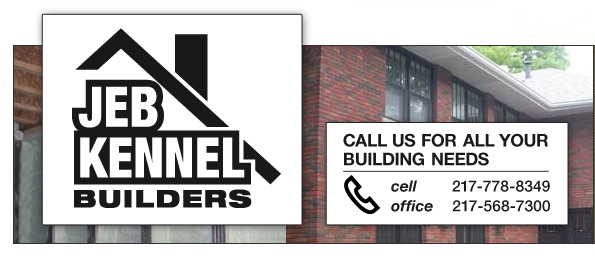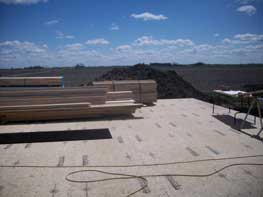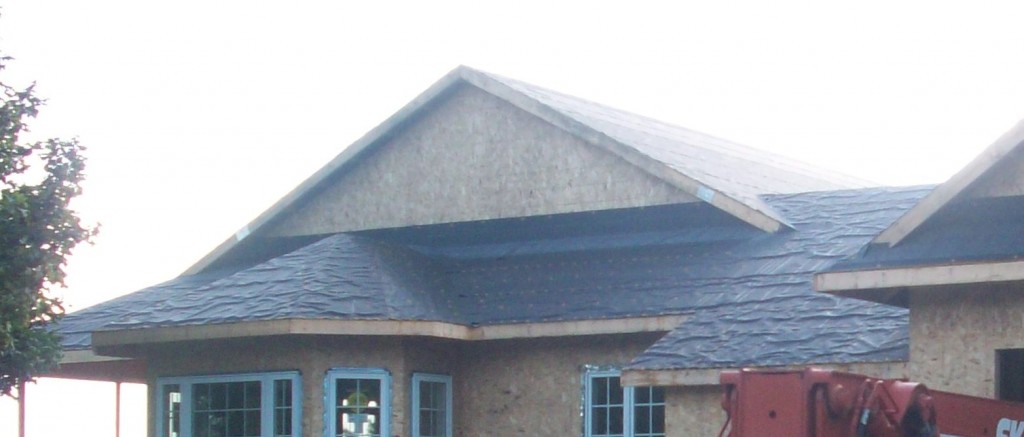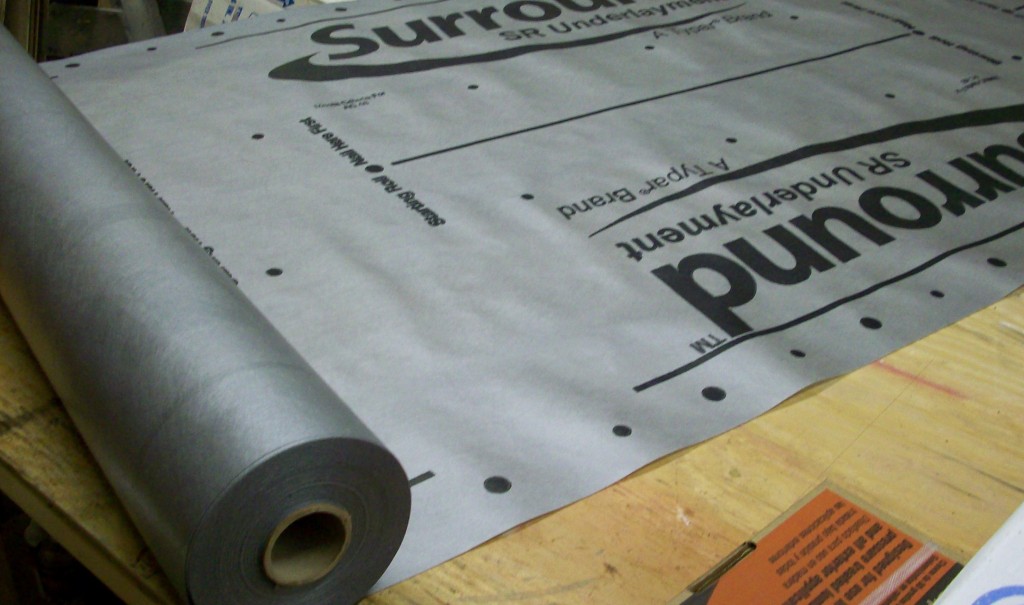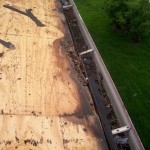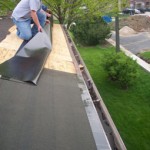Replacing a roof on a home is a big investment. How do you know which products will get you the best bang for your buck? Who should you have install it?
First you need to find the right contractor. Just thumbing through the yellow pages and dialing the first name that jumps off the page is not going to cut it. Find 3 or 4 local firms and start doing some research. Does this company carry insurance in case someone gets hurt at my house? Is this contractor licensed? What happens if there is a rainfall during the process or removing my roof and my home is not protected? What kind of warranty does this installer provide?
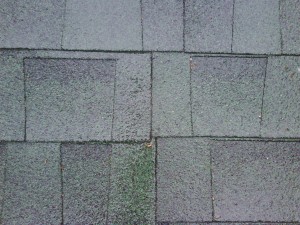
Poor installation can ruin a roof job. Notice the joints of successive rows are in line with each other
Other more subtle questions that don’t often get asked might include “Does this guy really know what he is doing to my home?” I have been to so many calls where a brand new roof is leaking, and it’s always the installation that causes the problem.
A good roofer can make the poorest of products work, but in the hands of a poor contractor that doesn’t understand what he is doing, even the best products will not perform.
The most important things you can do are to check references, check references, check references. Ask the contractor for names and addresses of past clients so you can go see his work and talk to his customers. What kind of work does he really do? How does he treat customers? How does he respond to warranty issues? A little extra time and effort can save a lot of trouble later.
What about products? Is one shingle better than another? The market is flooded with different shingle types and manufacturers. Shingles have come a long way from the tar blobs of the 70’s and the fiberglass curlers from the 80’s. Today’s shingles now boast a combination of a fiberglass mat for tear strength and stability, and an asphalt additive which provides the water resistance and bonds the shingle together. In addition to the actual product, you must consider the manufacturer behind them. Is this company in good financial standing? What happens if there is a problem 10 years down the road and this shingle company is out of business? What kind of warranty does this company provide for their products?
I recommend CertainTeed Corporation®, an innovative company that has been around for quite awhile and appears to be staying put. CertainTeed manufactures many types of building products and is an industry leader in shingle technology. By first educating and then working with contractors, they provide a warranty that is second to none, and the best part of it is that it doesn’t cost the customer.
Generally homeowners are only concerned with two areas when it comes to putting on a roof: the color and style of shingles. However, a good roofer knows that the roof is comprised of more than just the shingles alone. A roof system that will last the test of time must be designed and applied to shed water underneath the shingles, as if they weren’t even there; because guaranteed: water will find its way under the shingles.
In addition to providing contractors with the proper education to install a good roof system, CertainTeed also requires the use of quality underlayment products and flashing procedures. Details like flashing, penetrations, ventilation, and ice dams, to name a few, can ruin a roof job and potentially other parts of the home if installed incorrectly. Other manufacturers also carry similar warranty programs. Make sure you select a certified contractor from the manufacturer where your shingles came from to receive the best warranty possible.
Three areas are key in deciding what product to use on your roof: Quality, Cost, and Curb Appeal. The better the curb appeal, the higher the cost. The cheaper the shingle is, the more the quality will suffer for it.
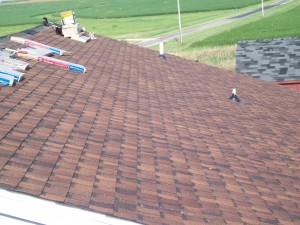
Landmark Series 50 year Burnt Sienna
CertainTeed provides several options for any homeowners taste.
The Landmark Series® shingle is an architectural (often referred to as laminate or “fake shake”) line of shingles providing a good quality shingle at an affordable price. As the name suggests, the shingle is comprised of two layers laminated to each other to provide a nice weighty shingle that has increased wind resistance and sealant capabilities. The Landmark is available in 25 different colors and three different durations.
The cheapest shingle by far on the market today is the old style three tab or three in one, which was very popular from the late 40’s to the early 90’s when the architectural style began to take its place. This shingle is thinner and has issues with wind resistance, particularly out in the country, because of its light weight and design.
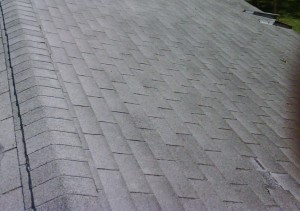
Three Tab Shingles are becoming outdated.
We do not typically install these shingles unless we are matching an existing roof or have a special situation that requires their use.
The Presidential style shingle is a very nice, heavy shingle that performs very well and promises great wind resistance capabilities and a long life. The shingle is composed of three layers, giving it a meaty appearance with very stark profile contrast for enhanced aesthetics. This heavier shingle will add cost both for the material and the more intensive installation cost. The Presidential line comes in 14 color options.
In the past I have suggested to people to delay replacing their roof as long as they can to increase the relative longevity of the next roof, but in today’s fast changing and unstable market, that is no longer the case.
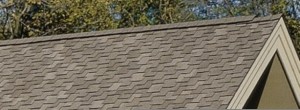
Presidential shingles have a distinct profile appearance
As fluctuations in the oil market drive costs, shingle prices continue to increase as well as other asphalt based products involved in building a home. Any large investment in your home should pay you dividends down the road. Taking a little time and effort to make good decisions now will benefit you in the long run.
